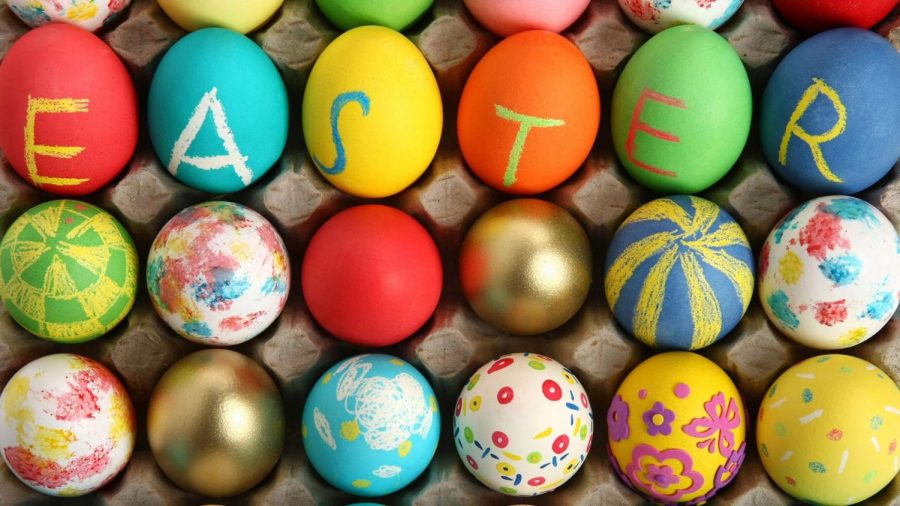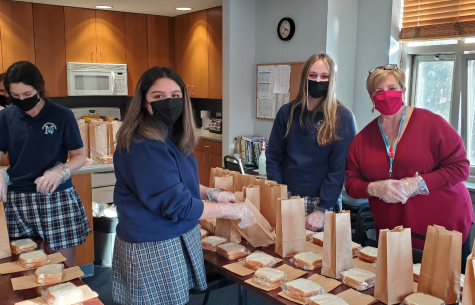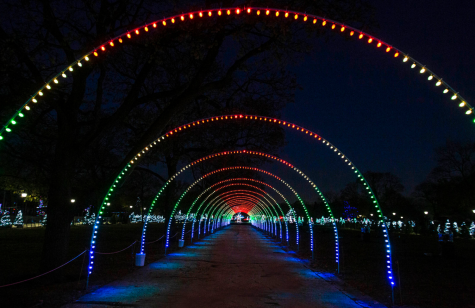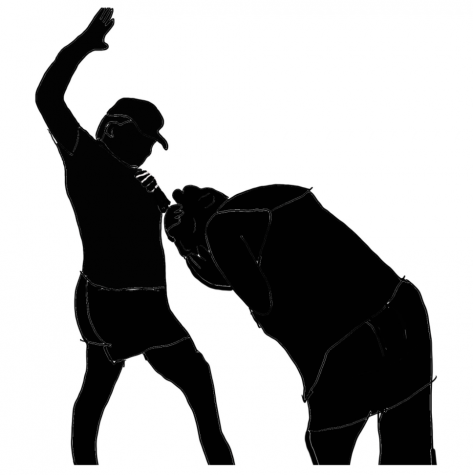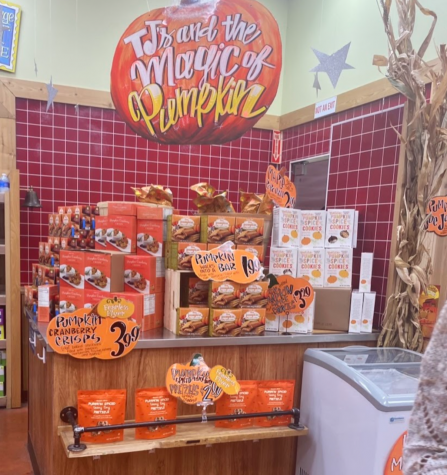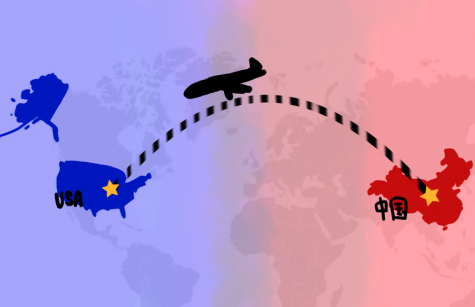Easter Traditions
March 30, 2018
Maybe the Bible makes no mention of a furry, magical creature who brings goodies to your home once a year. However, the Easter Bunny has become, perhaps one of the most well known symbols of one of Christianity’s most important holidays.
The exact origins of this mythical furball aren’t completely clear, but rabbits are an ancient symbol for new life. Apparently, the Easter Bunny first arrived in America in the 1700s with German immigrants who settled in Pennsylvania and transported their tradition of an egg – laying hare called “Osterhase”, or also known as “Oschter Haws.”
The children would create small nests in which the creature would lay its colored eggs. The custom then spread, changed, and expanded. The fabled rabbit’s deliveries would eventually include chocolate and other types of small gifts and candy. Decorated baskets replaced nests. Traditionally, as kids laid out cookies for Santa, the children would lay out carrots for the bunny.
While Easter has many Christian traditions, Easter eggs are linked to pagan traditions. The egg, also a symbol of new life, was involved in pagan festivals celebrating spring a long time ago. From a Christian perspective, Easter eggs are said to represent Jesus’ emergence from the tomb and resurrection.
Decorating the eggs, however, dates back to the 13th century. Eggs were a forbidden food during the Lenten season, so people would decorate instead of eat them. This marked the period of penance and fasting. On Easter they would eat the eggs for celebration.
This tradition has been around for more than 800 years, so generation after generation have enjoyed it.
This is just one idea for a DIY Decorated Easter Egg. It is called the Galaxy Egg. Here’s what you need:
- Eggs
- Nail Polish ( black, blue, purple )
- Fine silver glitter
- Lukewarm water
- Plastic cup
- Latex gloves
Tip: Since we are using nail polish on these eggs, they WILL NOT be edible afterwards. You can clean them out first, and then they can be reusable for years after.
Here’s how:
- Poke a hole in the top and bottom of the egg with a thumb tack
- Use a wooden skewer to make the hole at the bottom slightly larger
- Make sure to get the skewer all the way inside the egg in order to break the yolk inside
- Then, over the top of a bowl blow through the hole at the top of the egg to push out the insides of the egg.
- Wash the egg under water, and make sure that some water gets inside.
- Gently shake the egg, and let it dry
Now, here are the directions for dying the egg:
- Fill a large plastic drinking cup with lukewarm water.
- Pour the purple and blue nail polish directly over the water in the cup
- Add the black nail polish (rotate the cup as you are pouring the paint in order to get zig – zagged lines)
- Put on your gloves
- Hold the egg at the top and bottom (covering the holes), and lower it into the cup until it’s fully submerged
- Lastly, set the egg on an aluminum foil lined baking sheet, sprinkle the glitter over it, and let it dry for 6 – 8 hours
- Repeat with however many eggs you want
HAVE FUN!!

